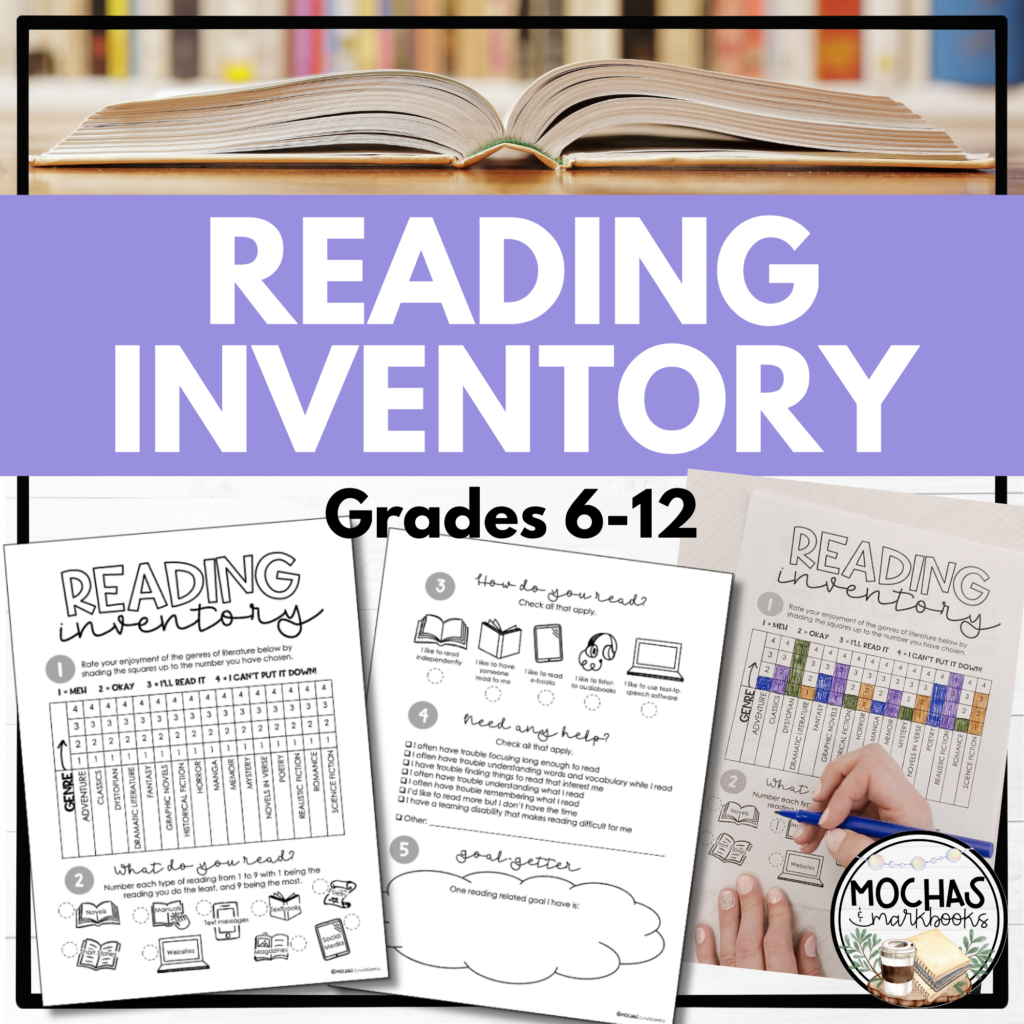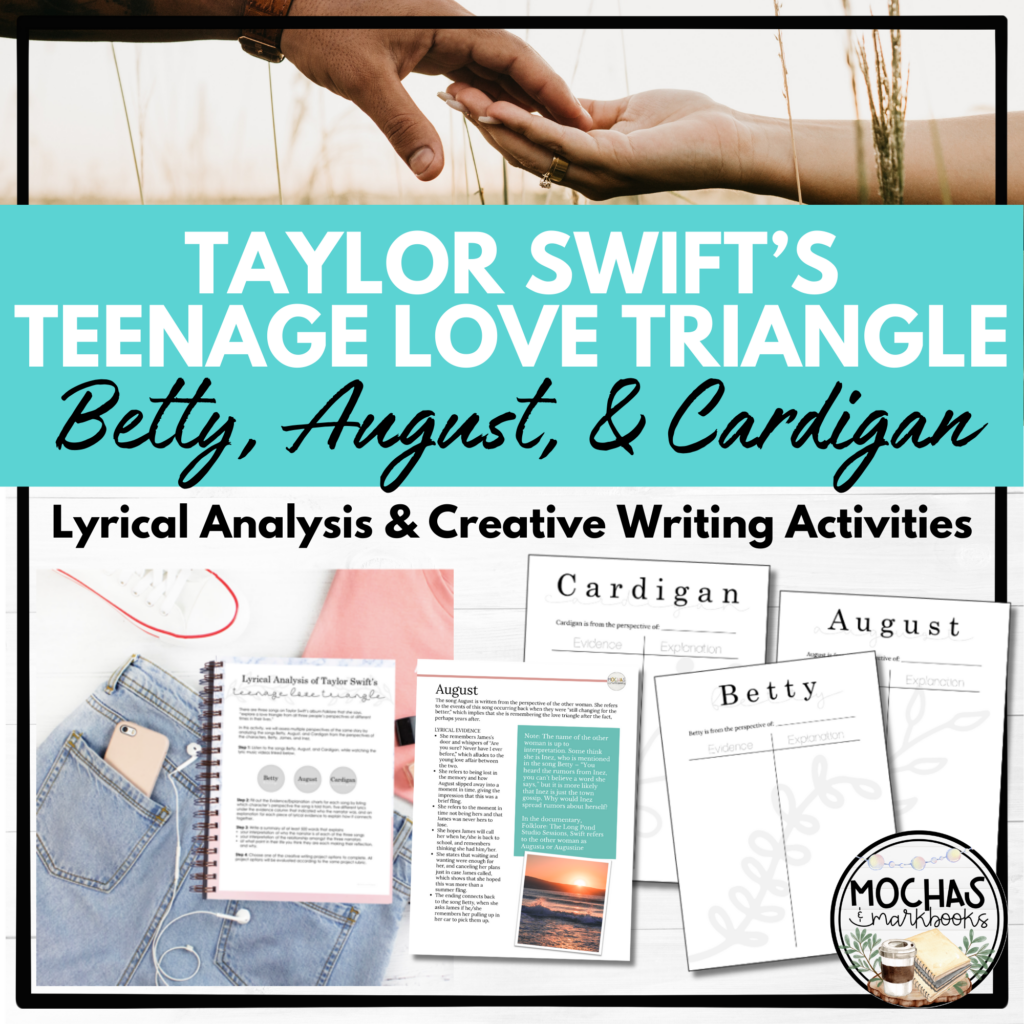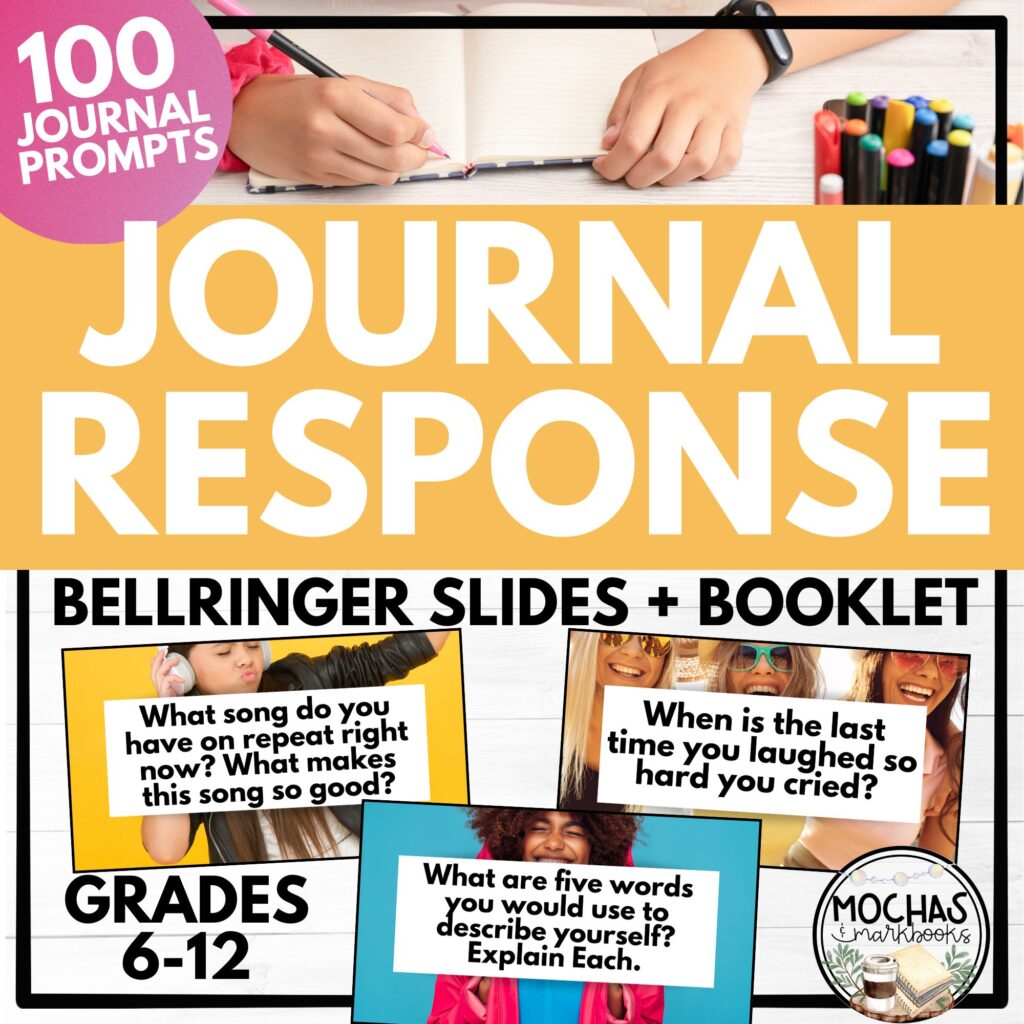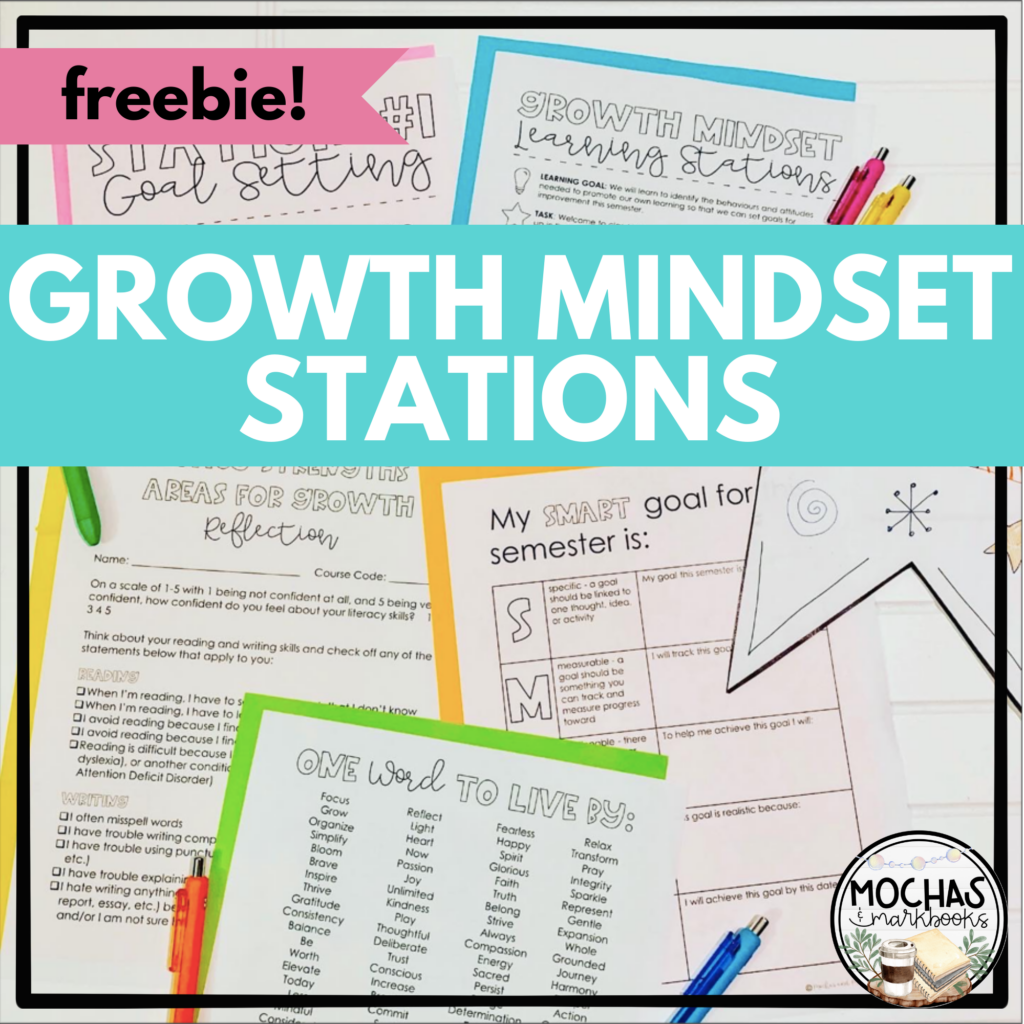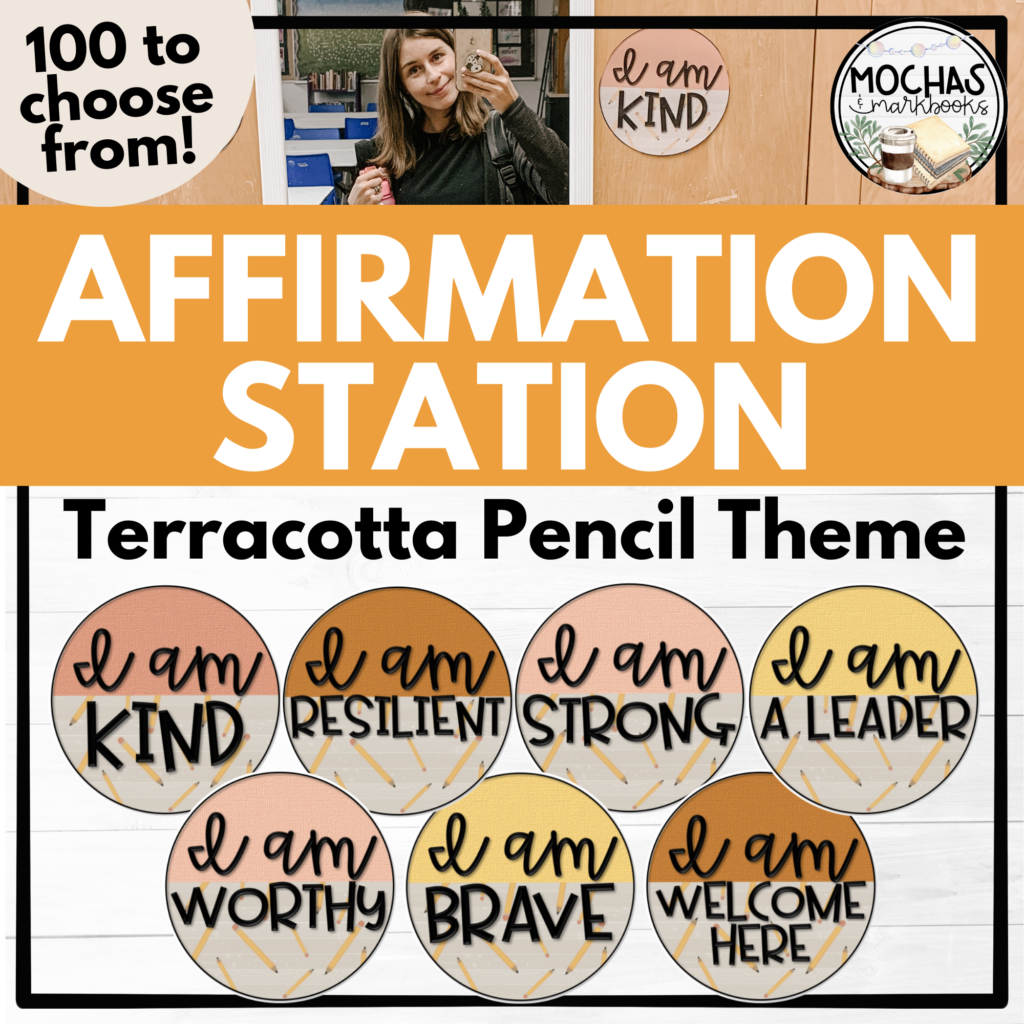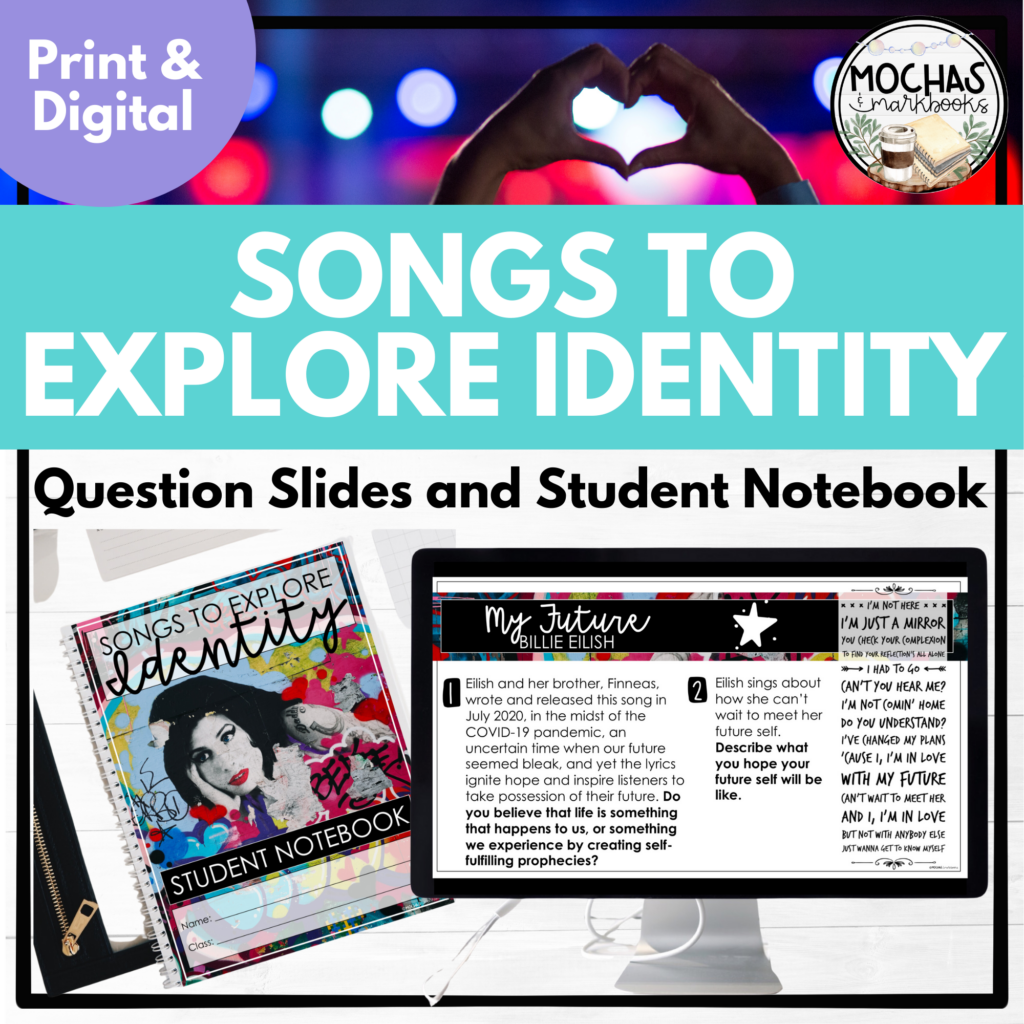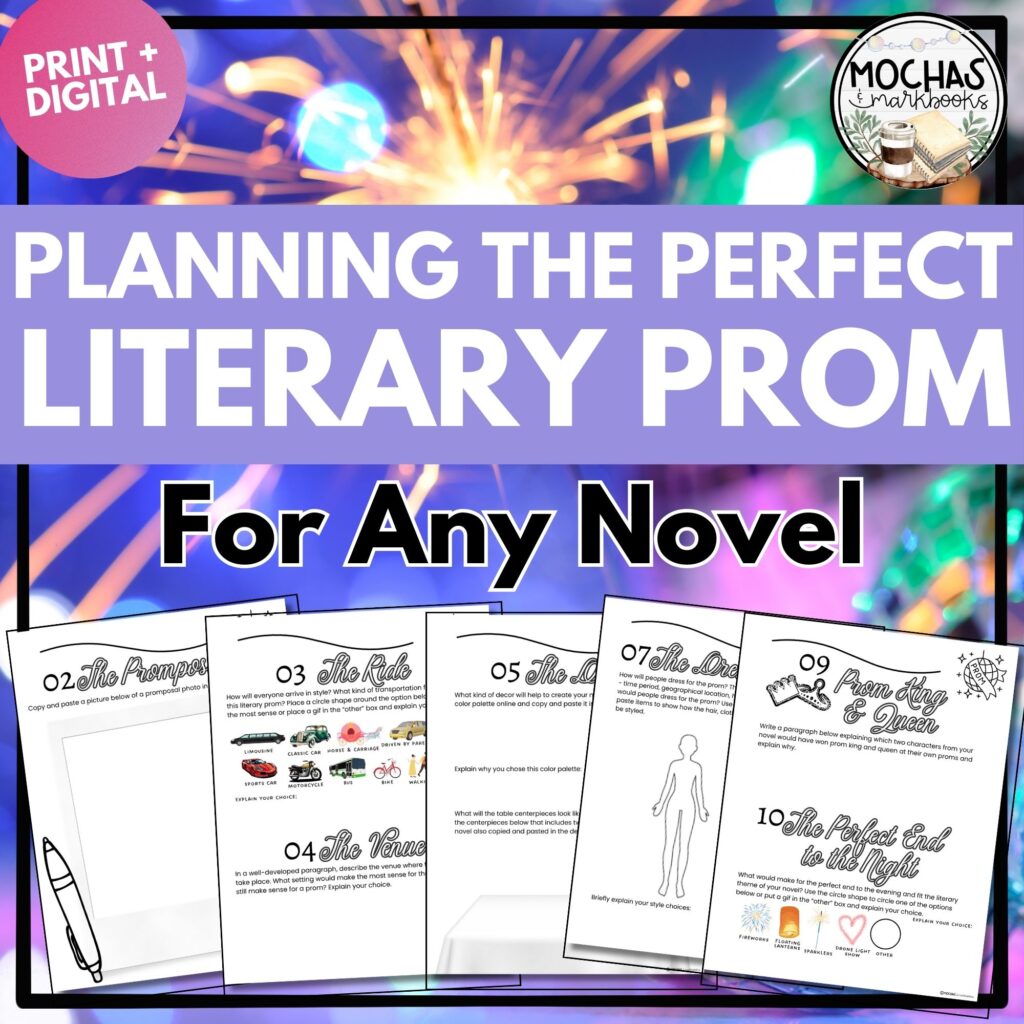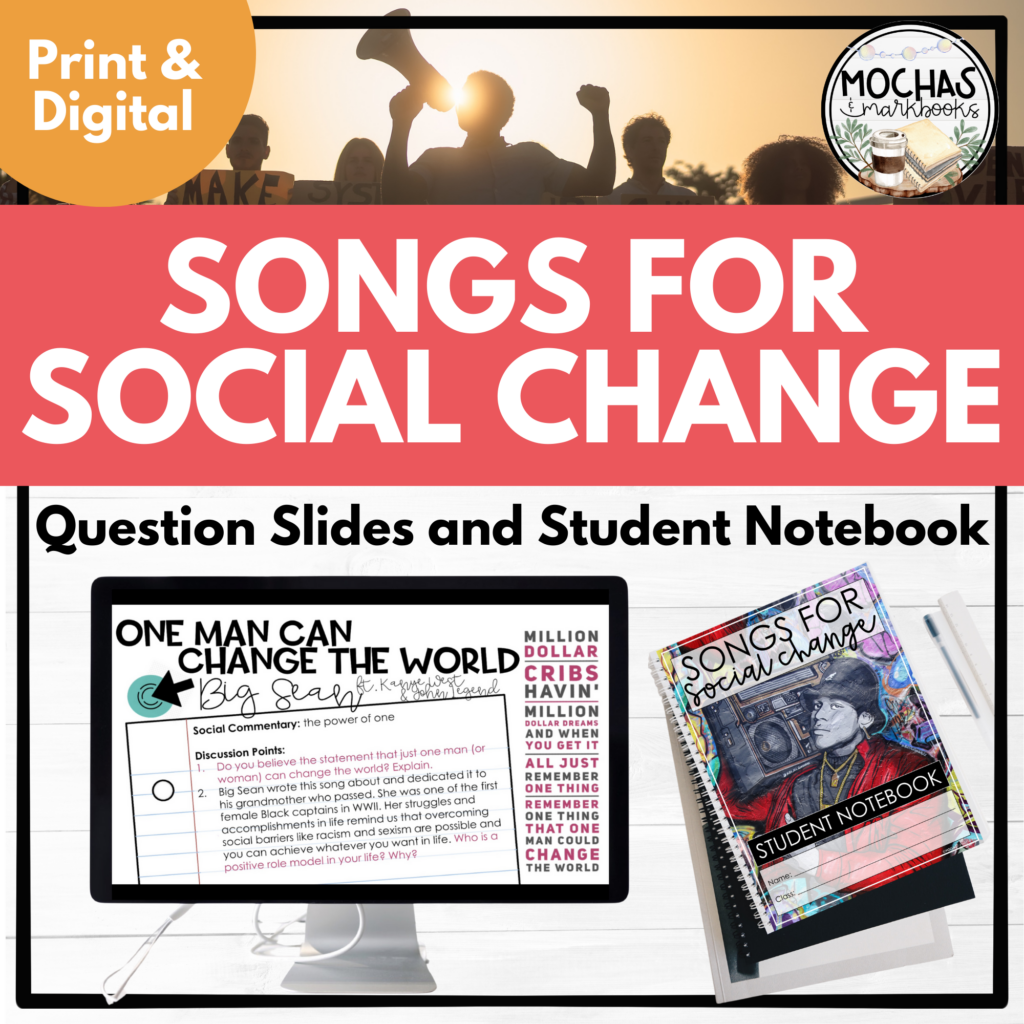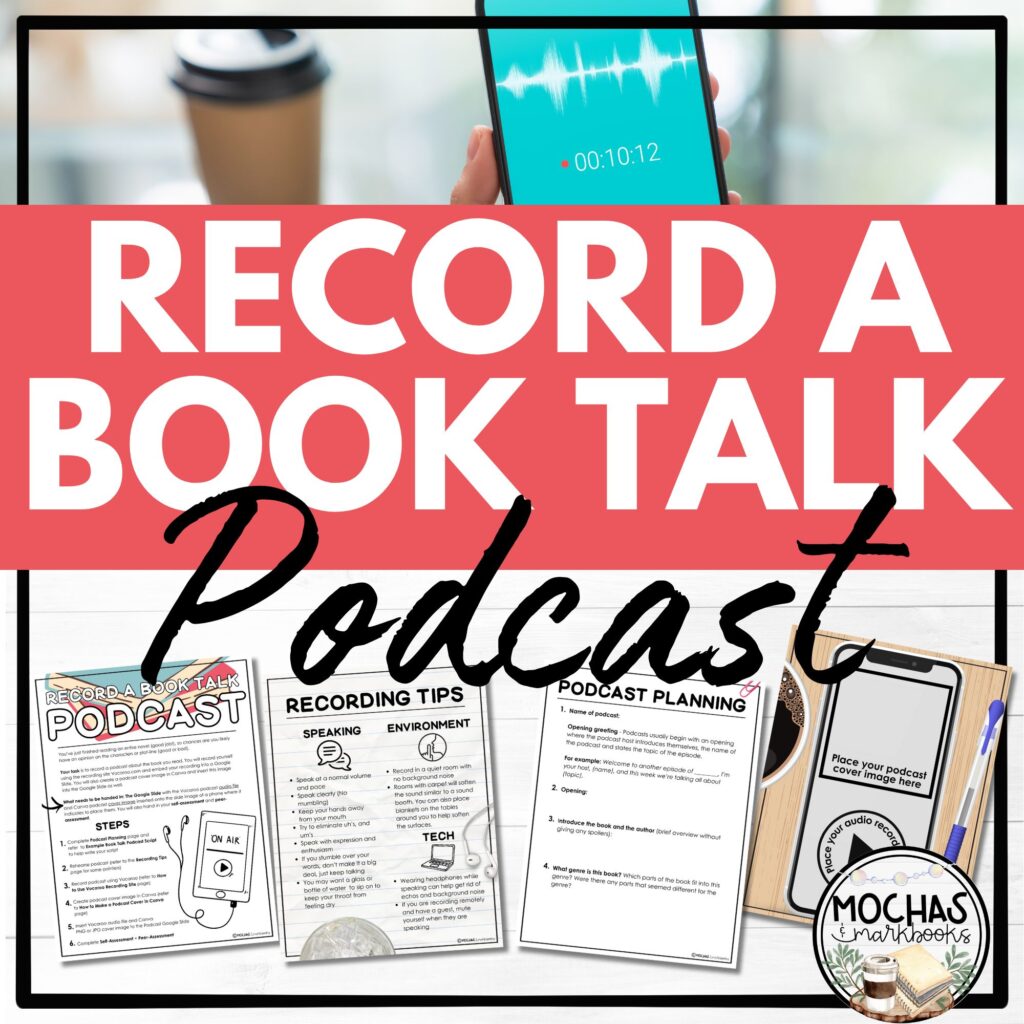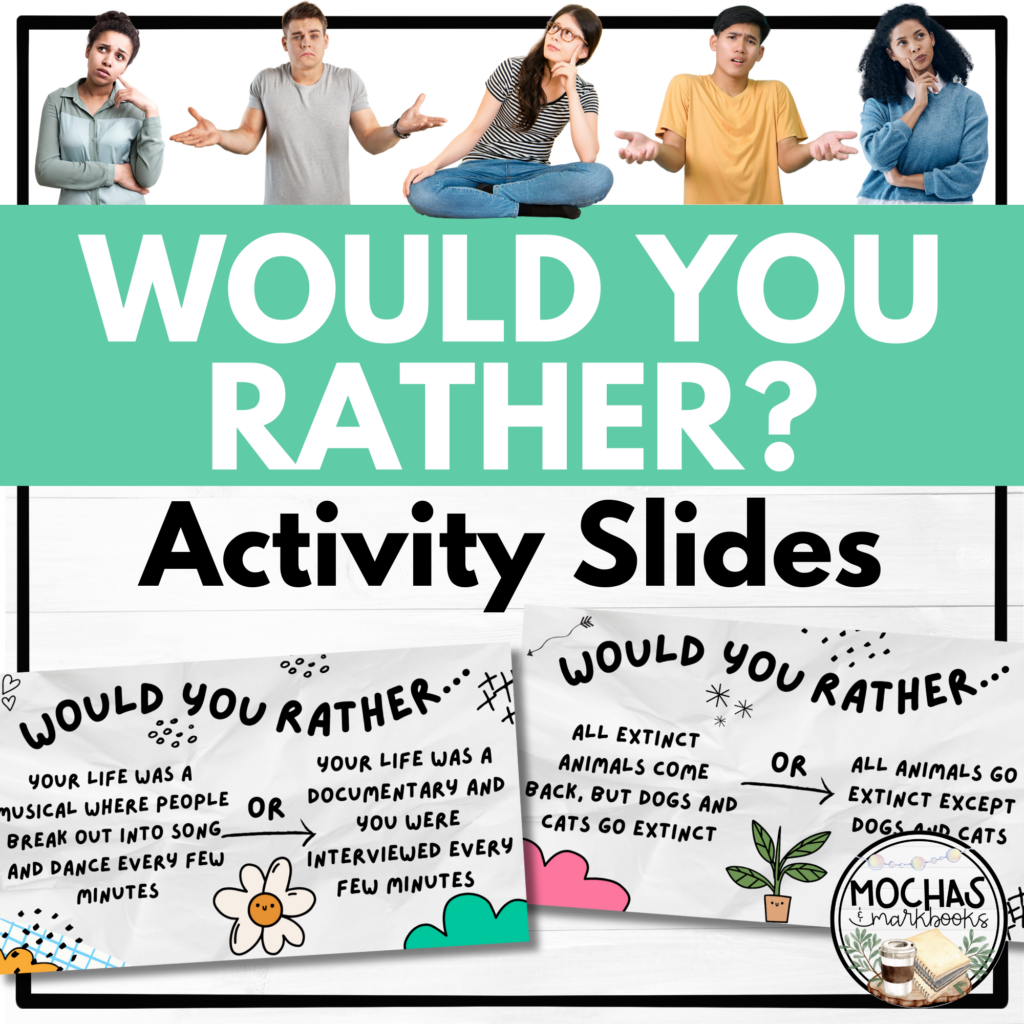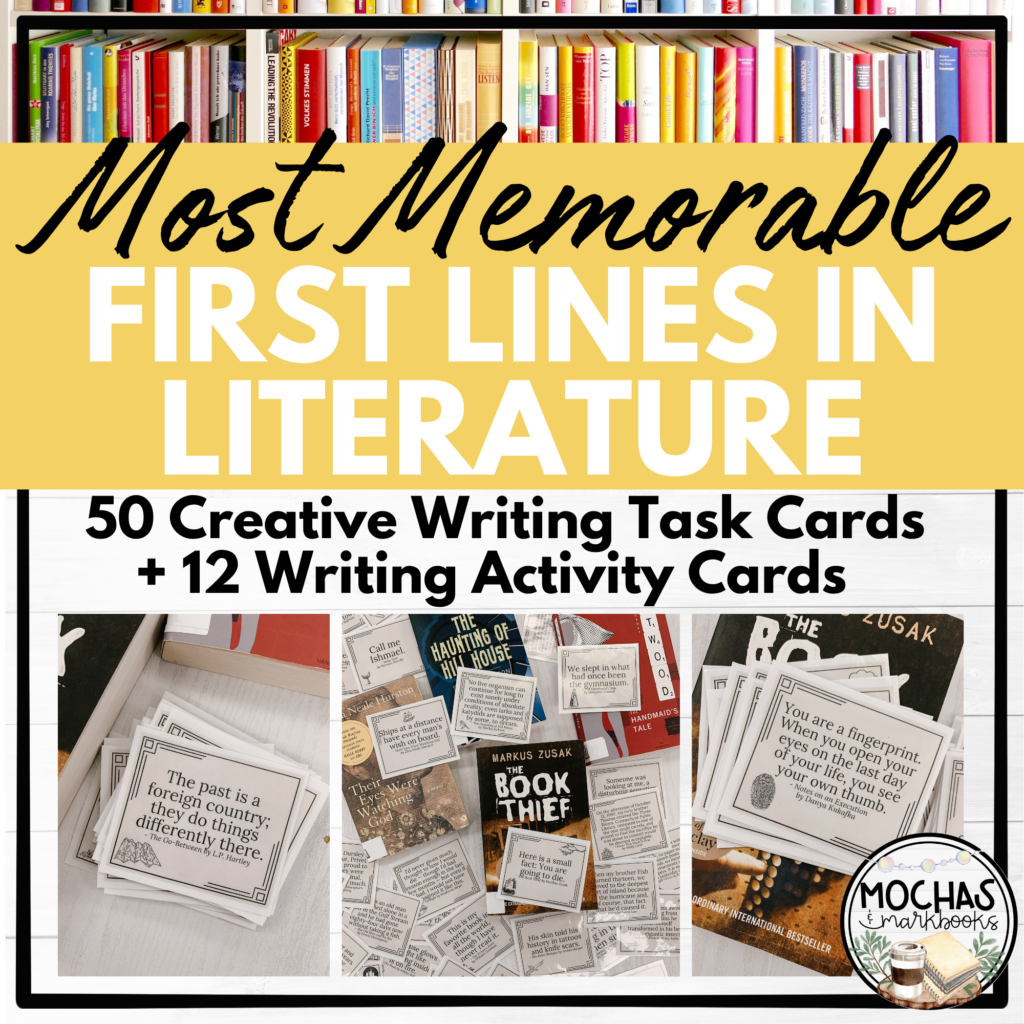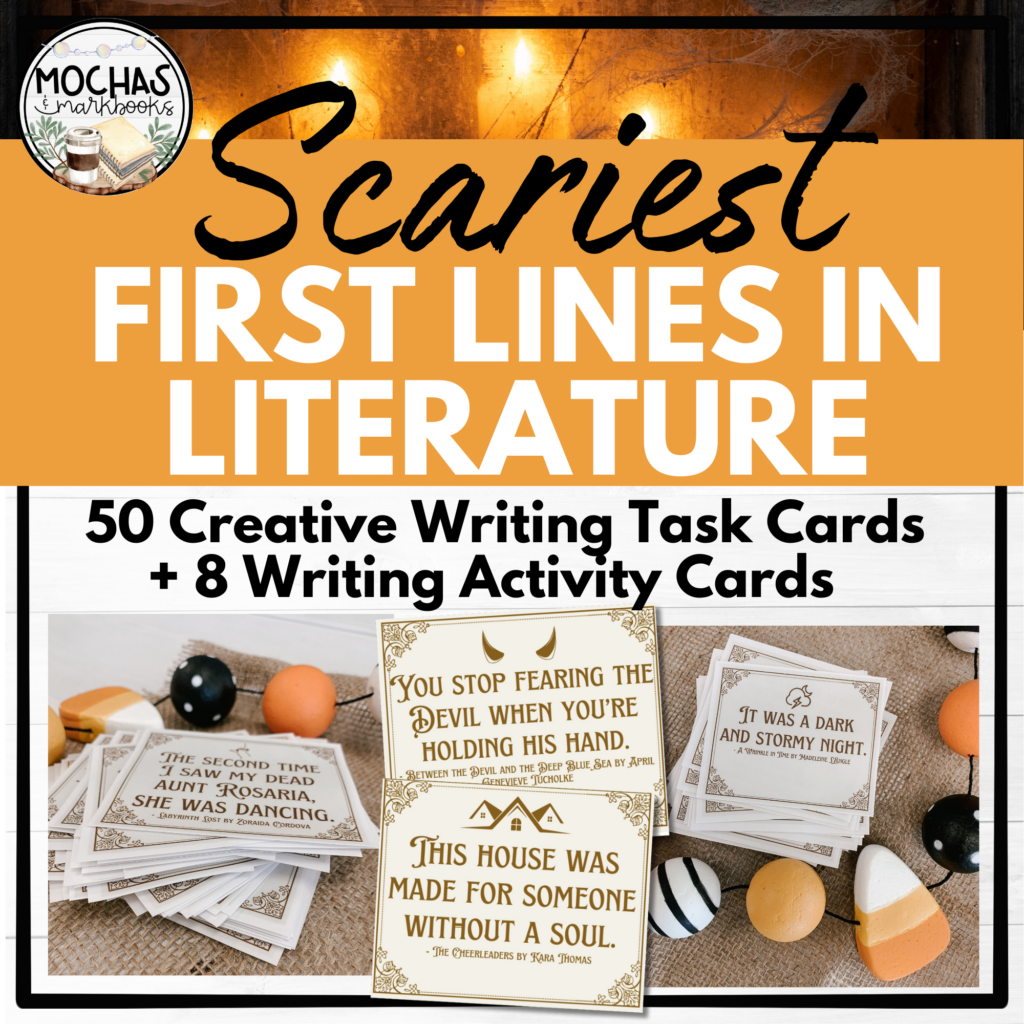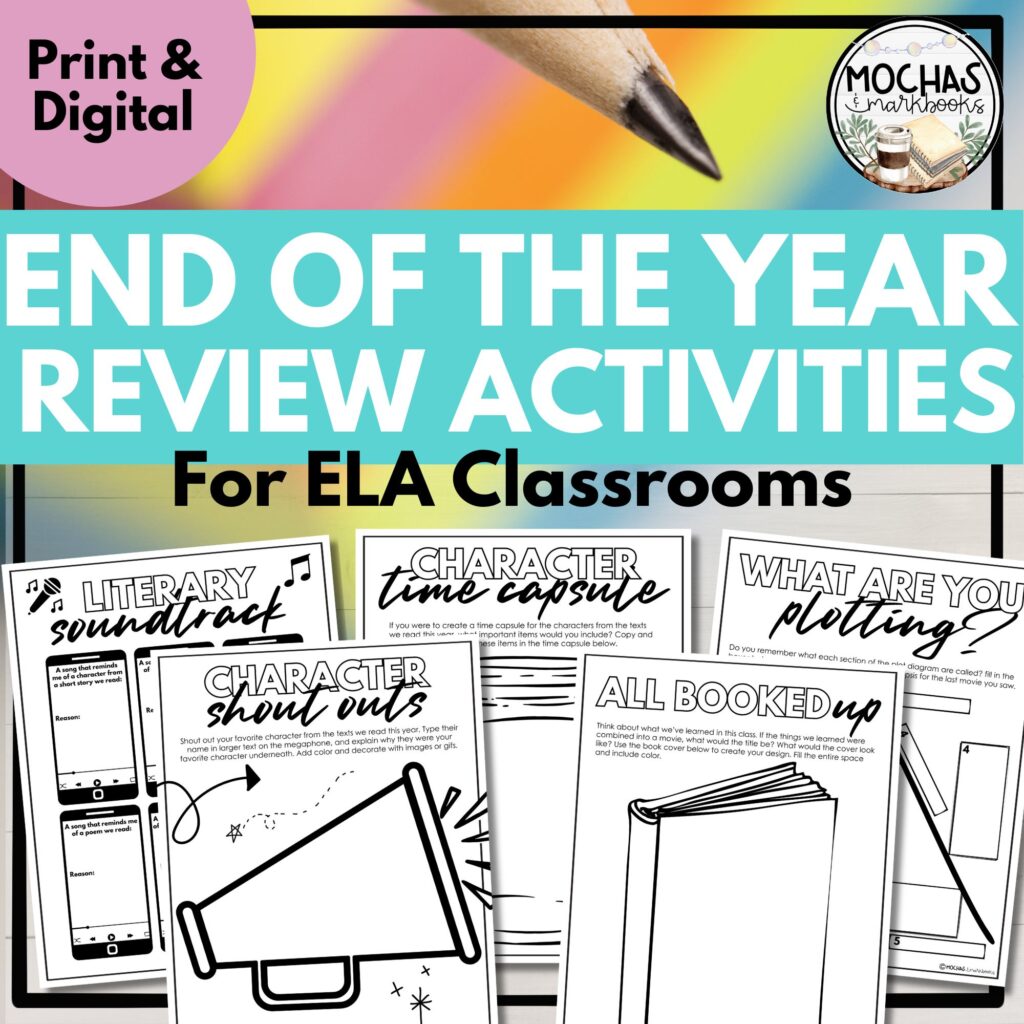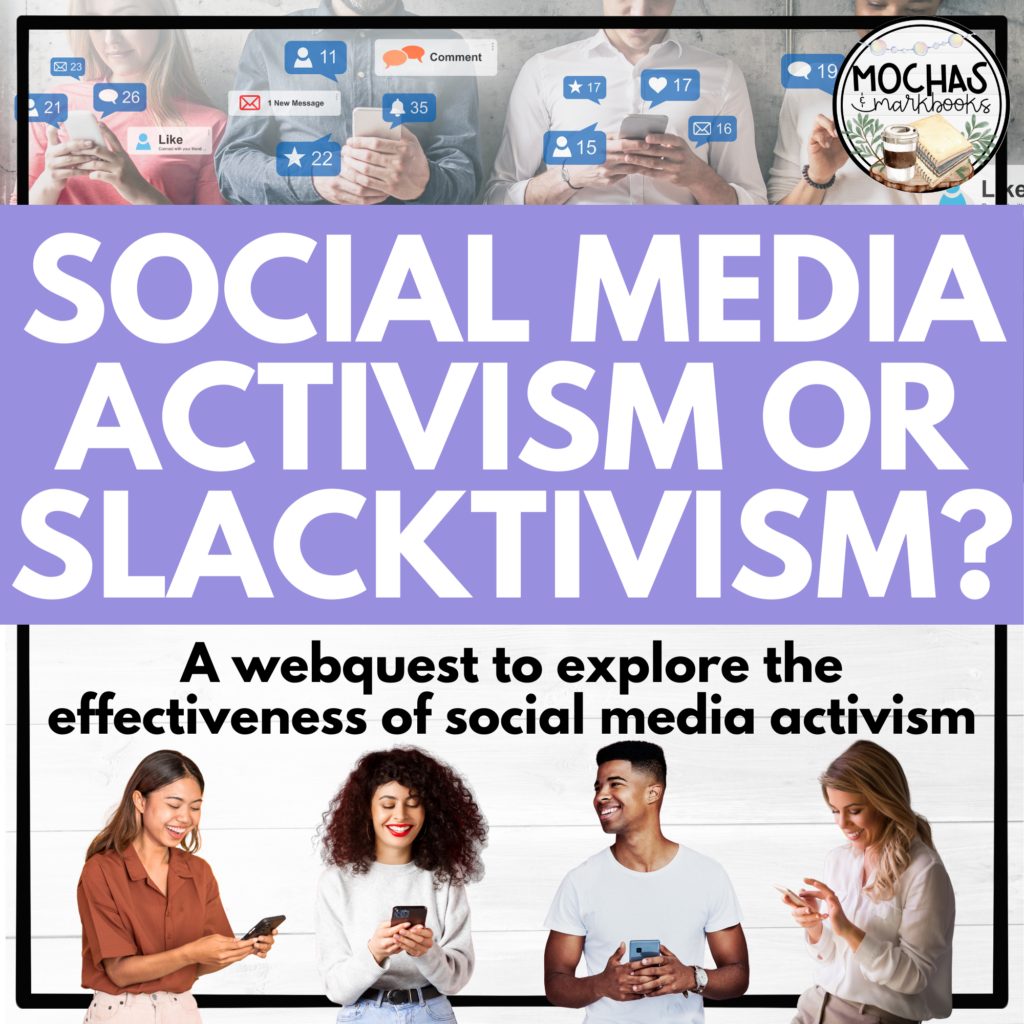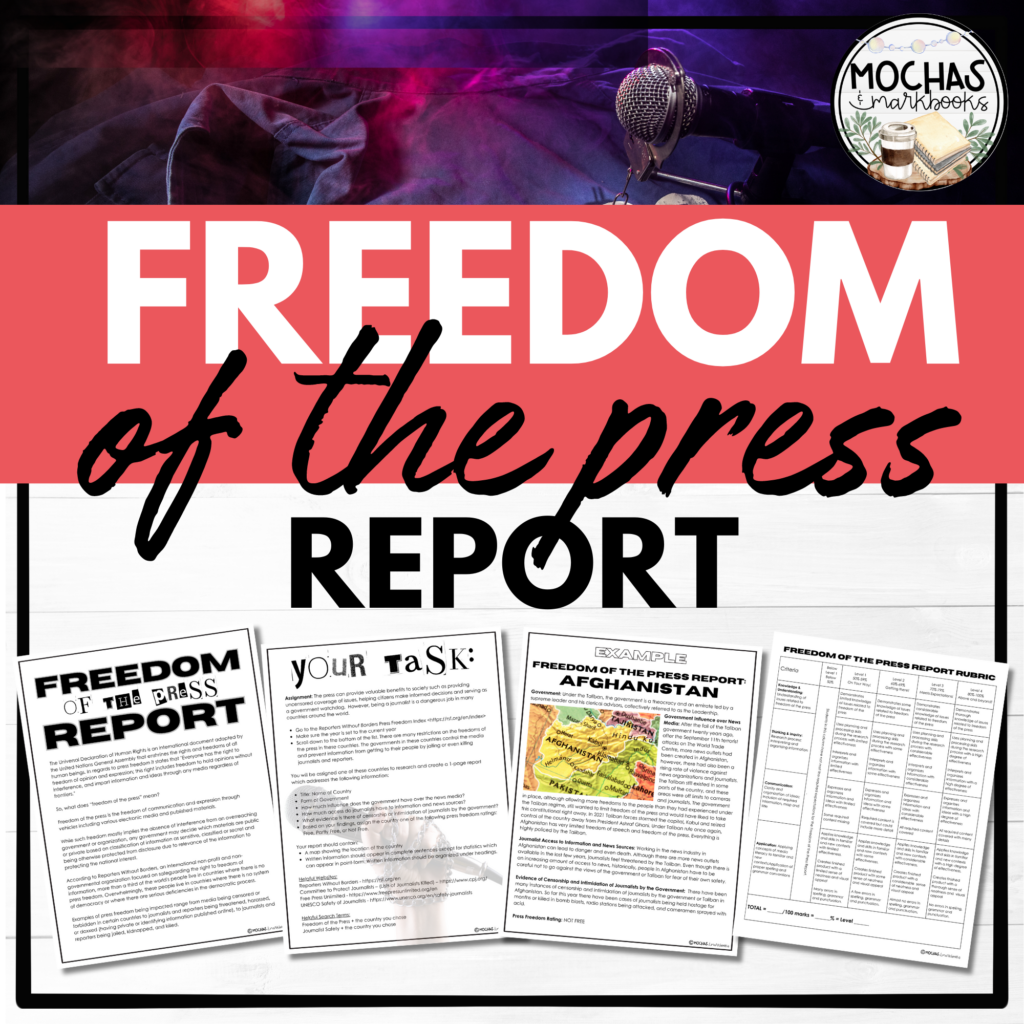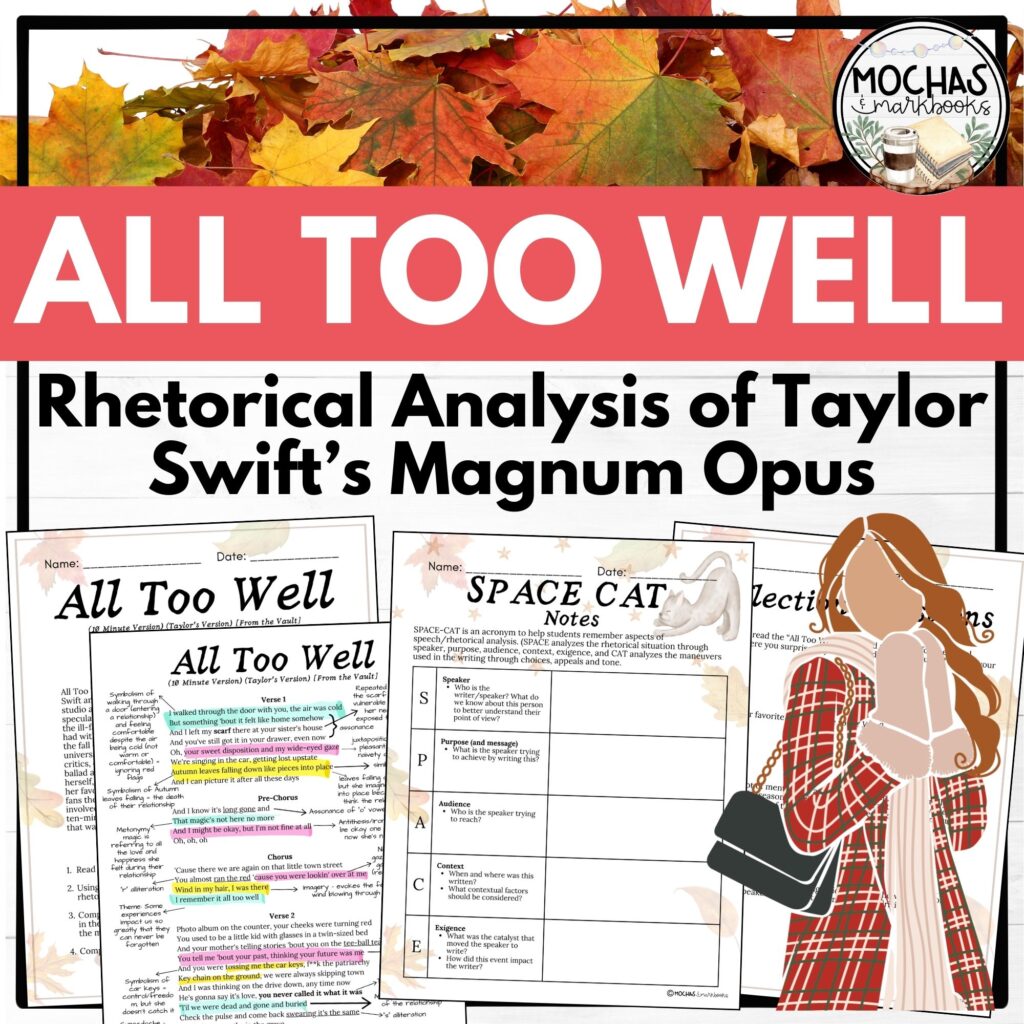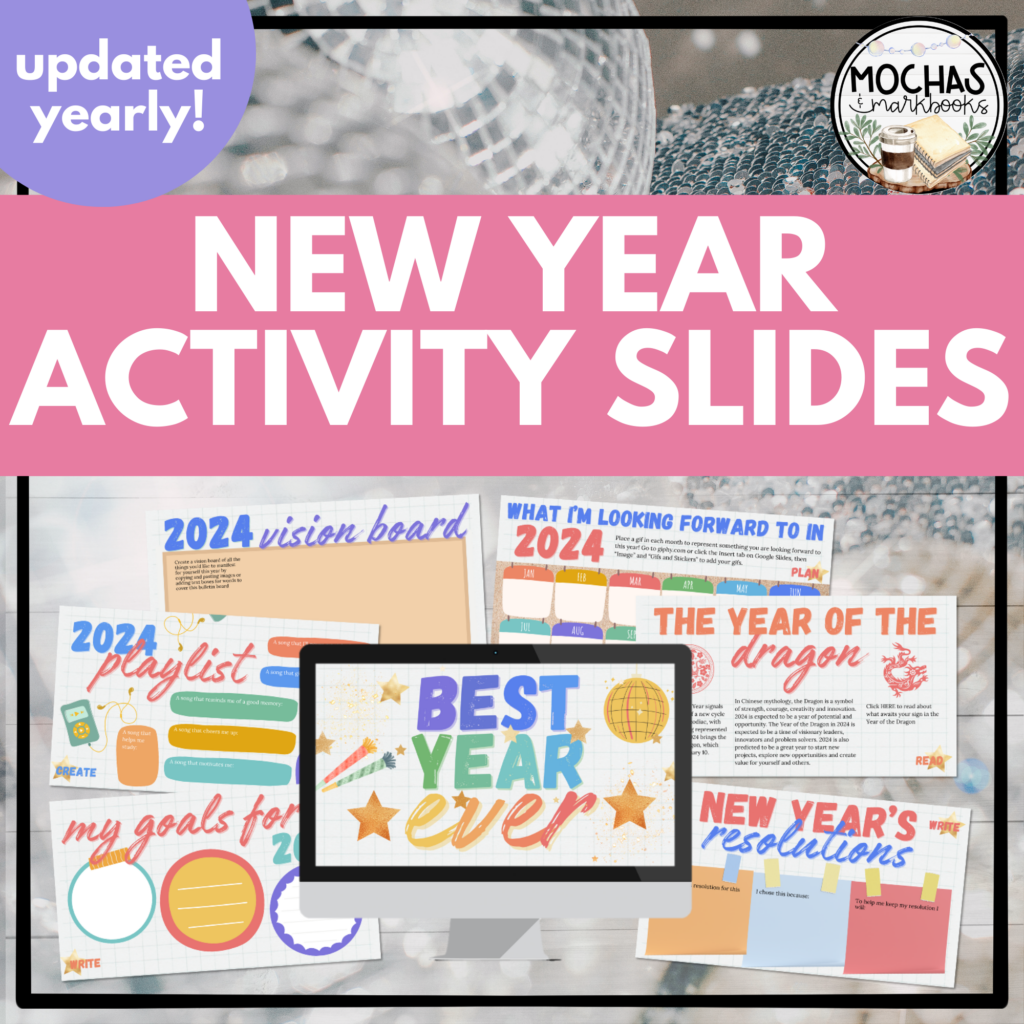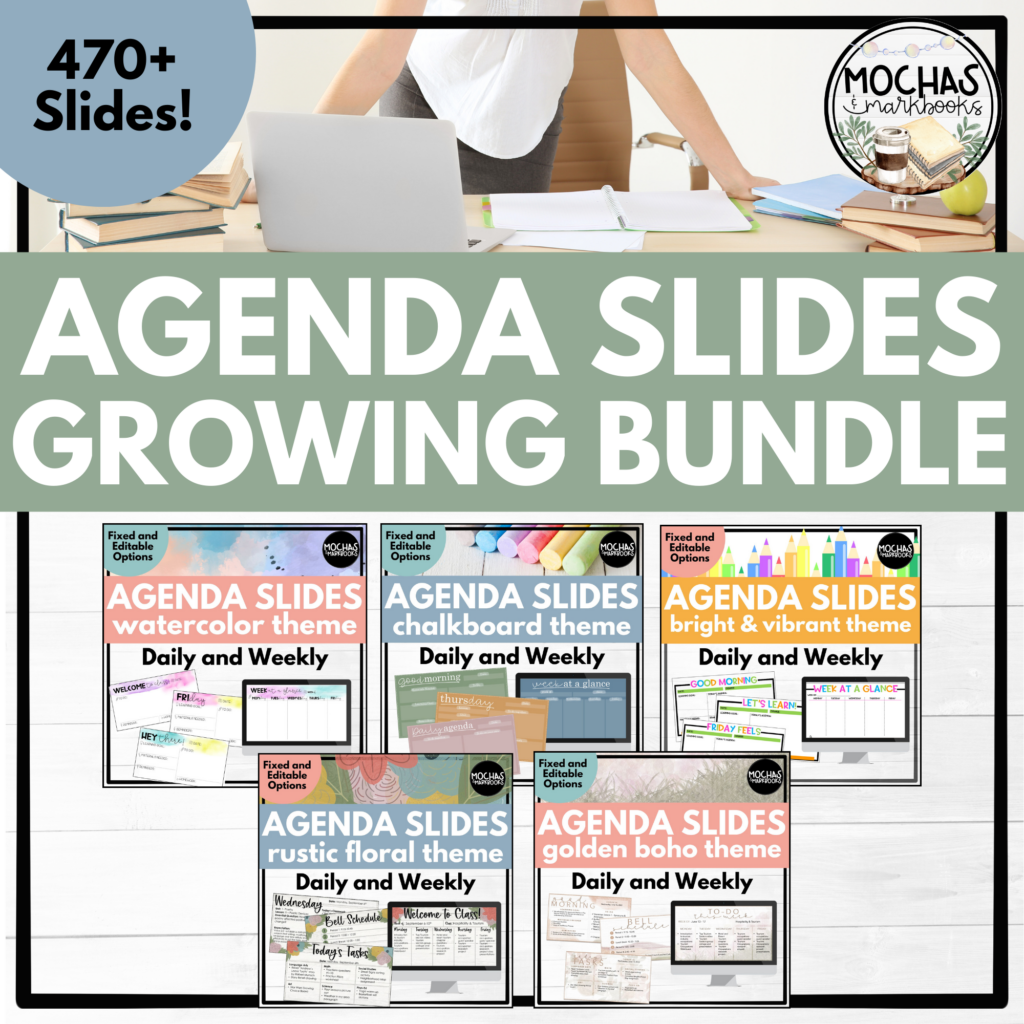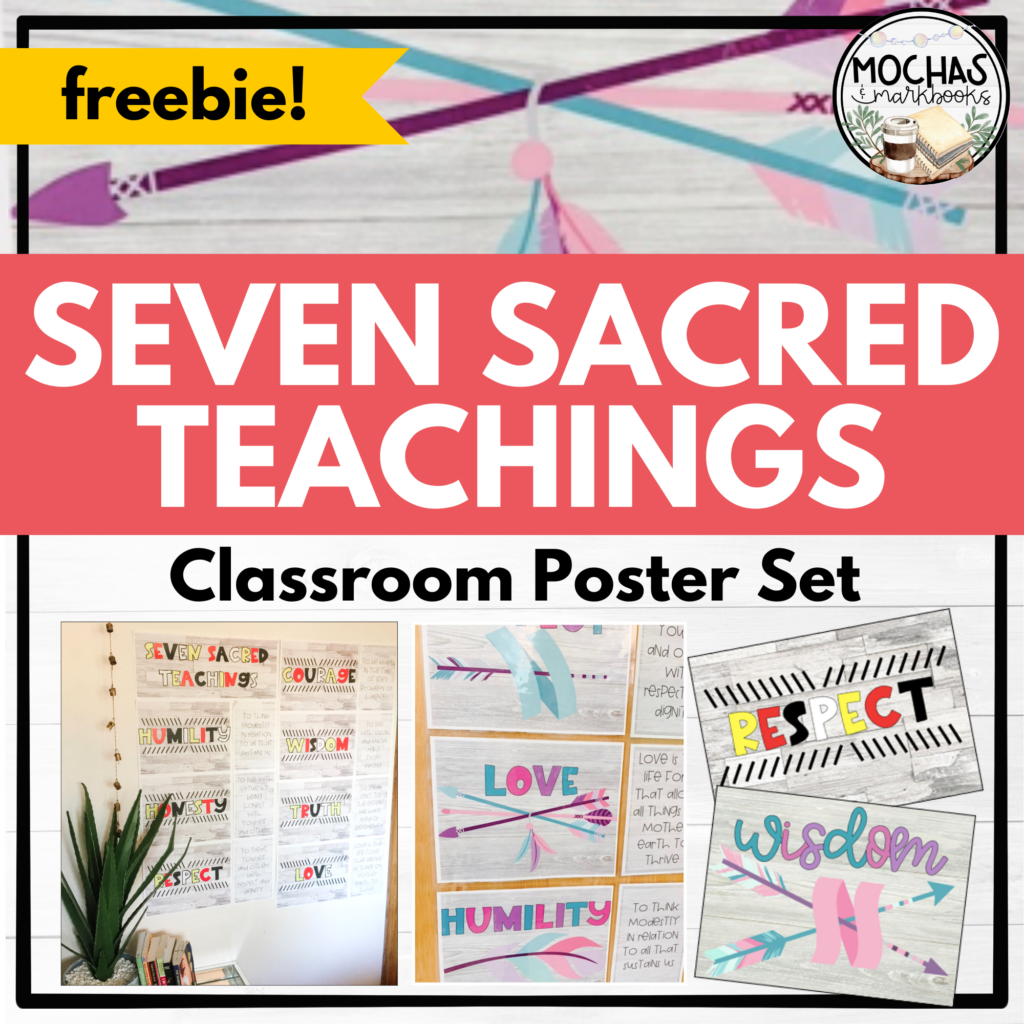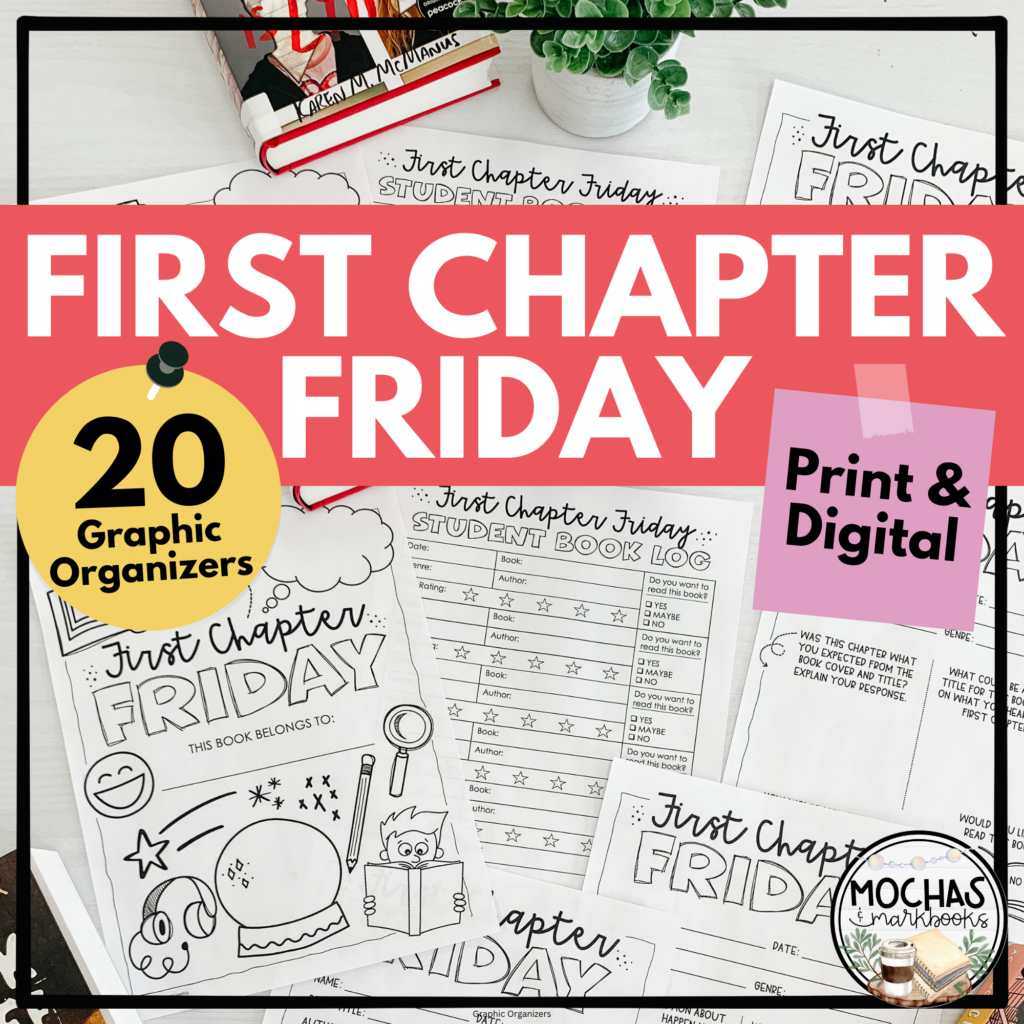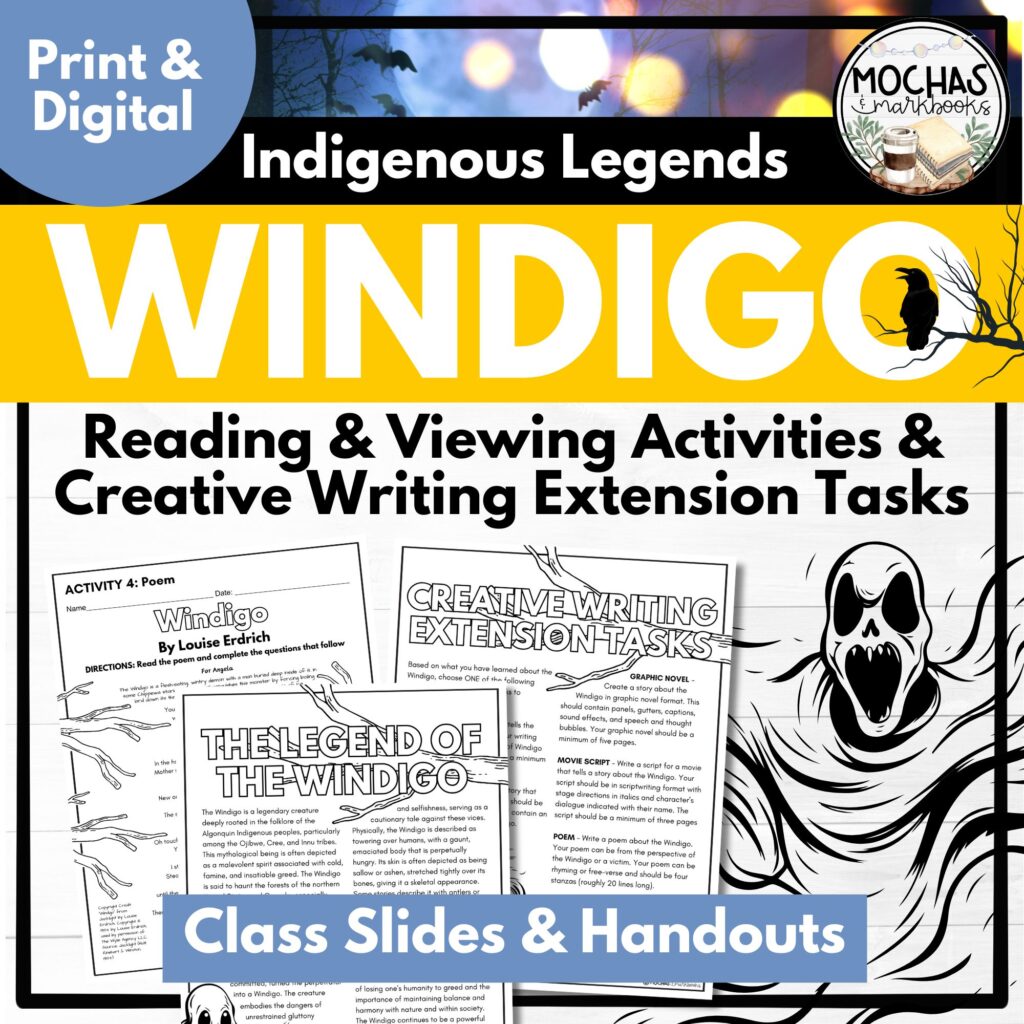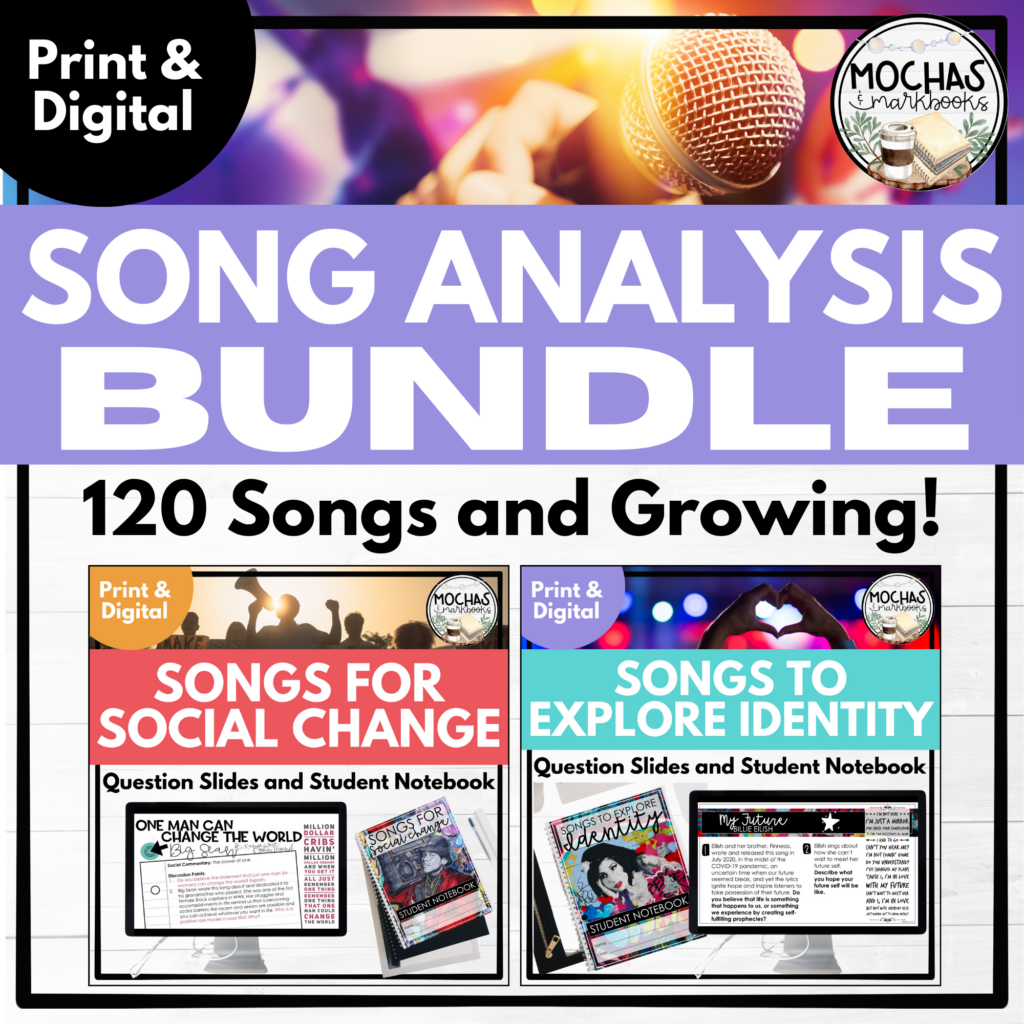Educational Trends for 2025 and How to Use Them in Your ELA Classroom
Sharing is caring!
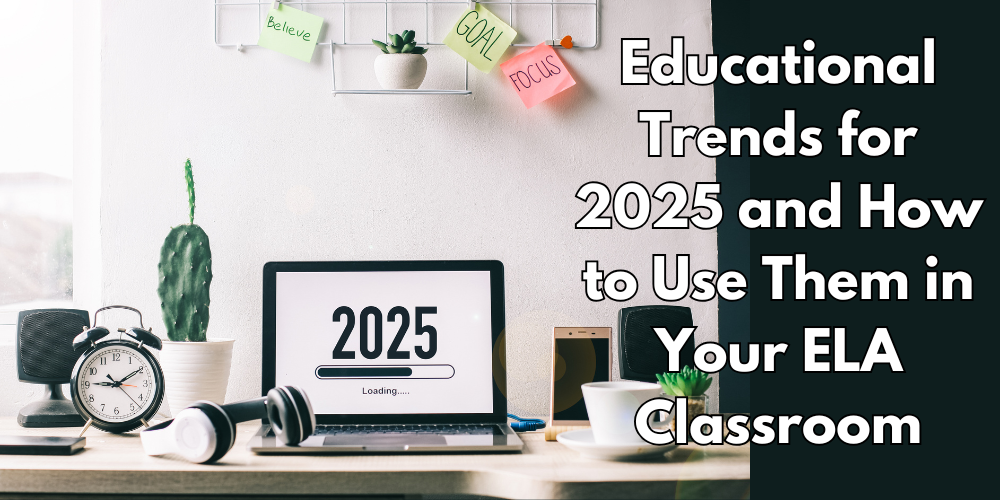
As the field of education evolves, staying informed about emerging trends can help teachers adapt and thrive in their classrooms. Here are some of the top educational trends for 2025 and practical ways you can integrate them into your secondary English classroom.
1. Personalized Learning
Personalized learning continues to grow in popularity, driven by advancements in technology and an increasing emphasis on student-centered education. This approach tailors instruction to individual students’ needs, interests, and learning paces.
How to Use This Trend:
- Incorporate adaptive learning platforms like Khan Academy or NoRedInk to provide customized grammar and writing exercises.
- Offer students choices in assignments, such as selecting a book for a literature project or deciding between writing an essay or creating a multimedia presentation.
- Use formative assessments to identify areas where students need additional support and adjust your instruction accordingly.
Resources That Provide Formative Assessment and Offer Choice and Differentiation:
2. Focus on Social-Emotional Learning (SEL)
Social-emotional learning is gaining more attention as schools recognize the importance of fostering emotional intelligence alongside academic skills. SEL helps students build skills like empathy, self-awareness, and resilience.
How to Use This Trend:
- Begin each class with a mindfulness activity or check-in to help students focus and regulate their emotions.
- Use literature to explore themes of empathy and perspective-taking, encouraging discussions about characters’ motivations and struggles.
- Create a supportive classroom environment by celebrating effort, offering constructive feedback, and modeling respectful communication.
Resources To Include Social Emotional Learning in Your Lessons:
3. Project-Based Learning (PBL)
PBL emphasizes hands-on, real-world problem-solving, making learning more engaging and relevant for students.
How to Use This Trend:
- Assign projects that connect literature to real-world issues, such as creating a podcast about social justice themes in novels.
- Collaborate with other departments to design interdisciplinary projects, like combining a historical fiction unit with a history class project.
- Use rubrics to assess both the process and the final product, ensuring that students learn from their experiences.
Resources to Implement Project Based Learning:
4. Gamification
Gamification leverages game elements like competition, rewards, and challenges to motivate students and make learning more fun.
How to Use This Trend:
- Create a classroom leaderboard for reading challenges or grammar quizzes.
- Use online tools like Kahoot or Quizizz to gamify review sessions and encourage participation.
- Turn writing assignments into games, such as “story battles” where students collaboratively build narratives based on prompts.
Resources To Help Gamify Your Lessons:
5. Emphasis on Media Literacy
In an age of information overload, teaching students how to critically evaluate media is more important than ever. Media literacy helps students distinguish credible sources from misinformation.
How to Use This Trend:
- Analyze advertisements, news articles, and social media posts in class to teach critical thinking skills.
- Assign research projects that require students to evaluate the credibility of their sources.
- Use current events to discuss bias, perspective, and ethical reporting in media.
Resources to Include Media Literacy in ELA:
6. Hybrid and Blended Learning Models
The pandemic accelerated the adoption of hybrid learning models, and many schools continue to offer a mix of in-person and online instruction.
How to Use This Trend:
- Use a learning management system (LMS) like Google Classroom or Canvas to provide digital resources and assignments.
- Record lessons or create instructional videos for students who need additional review or miss class.
- Encourage online discussions and peer feedback to complement in-class activities.
Resources Tailored For Hybrid or Blended Learning:
7. Culturally Responsive Teaching
Culturally responsive teaching ensures that students’ diverse backgrounds and experiences are reflected in the curriculum and classroom practices.
How to Use This Trend:
- Diversify your reading list to include authors and perspectives from a variety of cultures and experiences.
- Incorporate students’ personal experiences and identities into discussions and projects.
Resources to Include Diverse Voices and Perspectives in Your Classroom:
Conclusion
The educational trends of 2025 emphasize personalization, technology integration, social-emotional growth, and inclusivity. By adopting these trends in your secondary English classroom, you can create a dynamic and supportive learning environment that prepares students for the challenges of the future. Start small, experiment with new approaches, and enjoy the journey of continuous improvement as an educator.
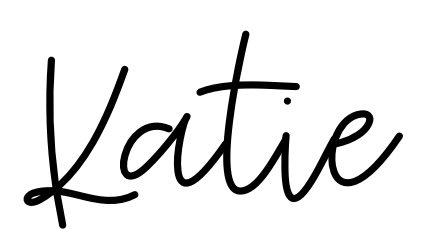
© Mochas and markbooks 2025 | Template by Waymaker Designs |


